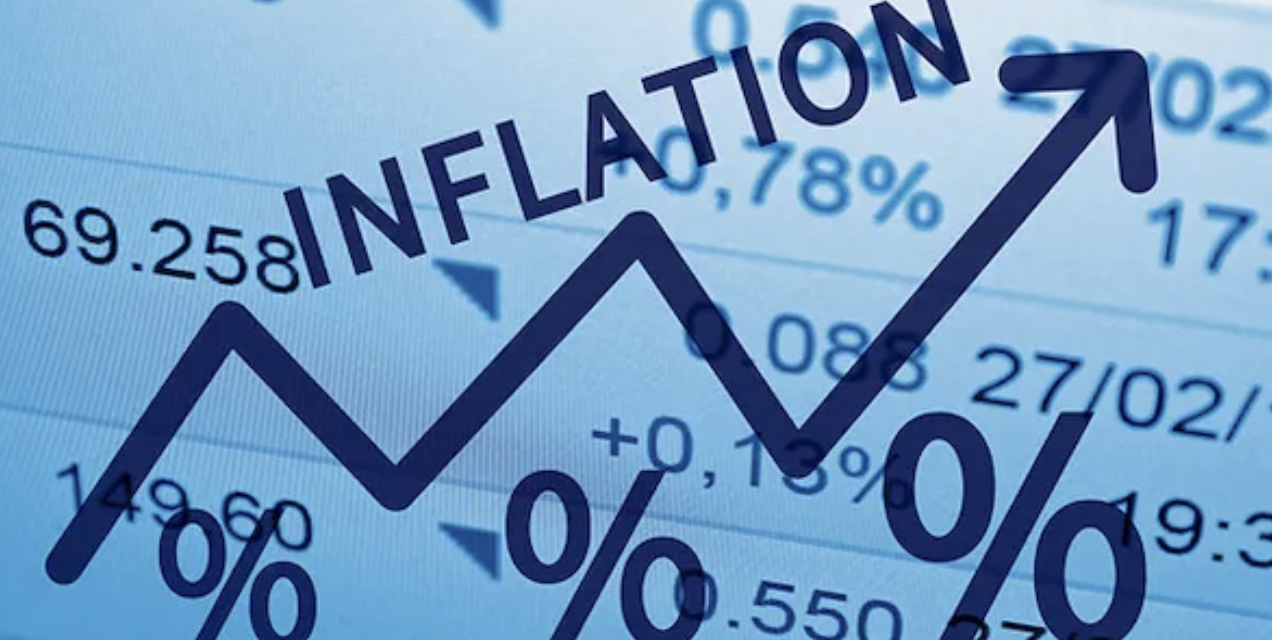
According to a new analysis by Moody’s Analytics, the average American is spending at least $340 more per month because of the worst inflation in decades.
“That’s a little less than last month, but it’s still a clear burden on American households,” said Ryan Sweet, senior economist who led the analysis. The financial tightening stems from rising costs of everyday items, including cars , rent, food, gas, healthcare, and more.
Last Wednesday (May 11), the US Department of Labor reported that inflation accelerated again in April 2022, with the consumer price index rising by 8.3%.
While the figure was slightly lower than the 41-year high set last month (March), it was still well above economists’ expectations that current inflationary pressures remain strong.
Ryan Sweet came up with the figure by comparing prices of goods and services in April to what households paid for those same goods and services when inflation averaged 2.1 per cent in 2018 and 2019.
While American wages have also been rising in recent months, they have not been able to offset the pace of inflation.
Real average hourly earnings fell 0.1% in April from the previous month, according to the Labor Department – as rising inflation eroded 0.3% of total wage growth. On an annualized basis, real income in April fell 2.6%.
To be sure, consumers are struggling with high inflation, especially the cost of food, housing, airfare and cars.
Soaring inflation has also troubled U.S. President Joe Biden — whose approval ratings have fallen as consumer prices have risen.
It also forced the Fed to embark on its toughest policy tightening mandate in decades: Policymakers raised the benchmark interest rate by 50 basis points in May — the first major rate hike since 2000. And hinted that rate hikes of a similar magnitude will be on the table ahead as they try to curb inflation.
In an interview with reporters last week, Federal Reserve Chairman Jerome Powell said: “Inflation is too high … We understand the difficulties it creates, and we are moving quickly to reduce inflation.”
The worry now is that the Fed’s aggressive approach to raising rates could inadvertently drag the economy into recession. Wall Street firms including Bank of America, Fannie Mae and Deutsche Bank are forecasting a downturn in the U.S. economy over the next two years, adding to investor and market unease.
Jerome Powell acknowledged that achieving “a sweet spot between cooling consumer demand and slowing economic growth” could be tricky.
Ryan Sweet, senior economist at Moody’s Analytics, said the Fed may be facing “a Hobson’s choice” – push the economy into a mild recession to keep inflation in check, or wait and potentially lead to a deeper recession .
The price increase in April compared to March is as follows?
Grocery prices rose 0.9% (up 9.4% from a year earlier)
Egg prices up 10.3%
Milk prices rose 3.1%
Chicken prices up 3.4%
Airfare prices rose 18.6%
New car prices rose 1.7%
Housing costs rose 0.5%









